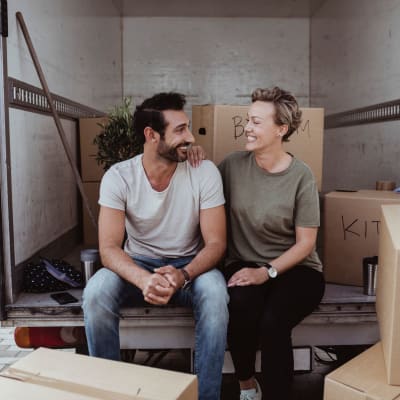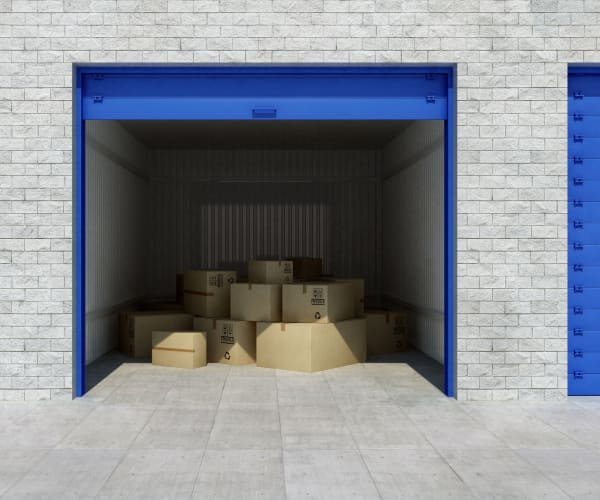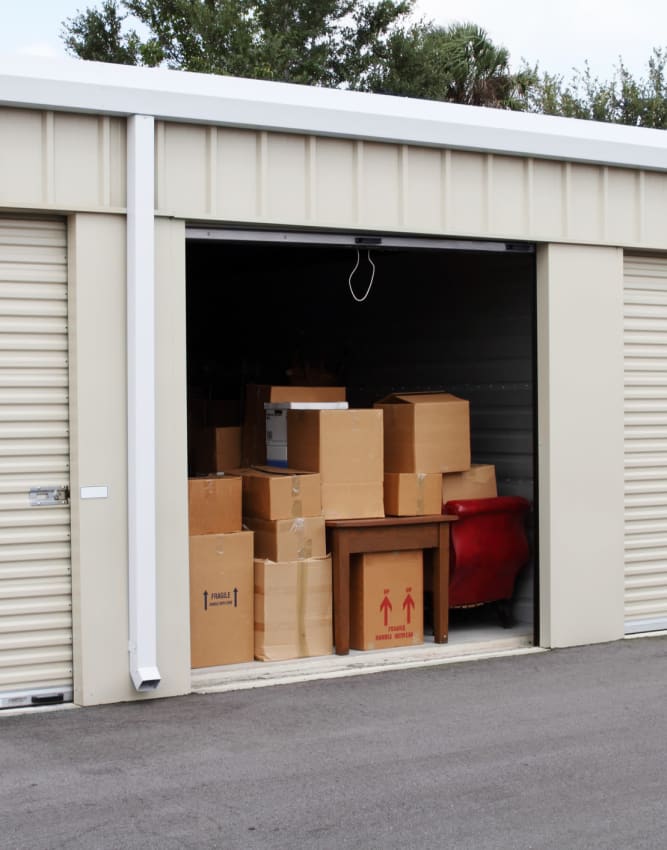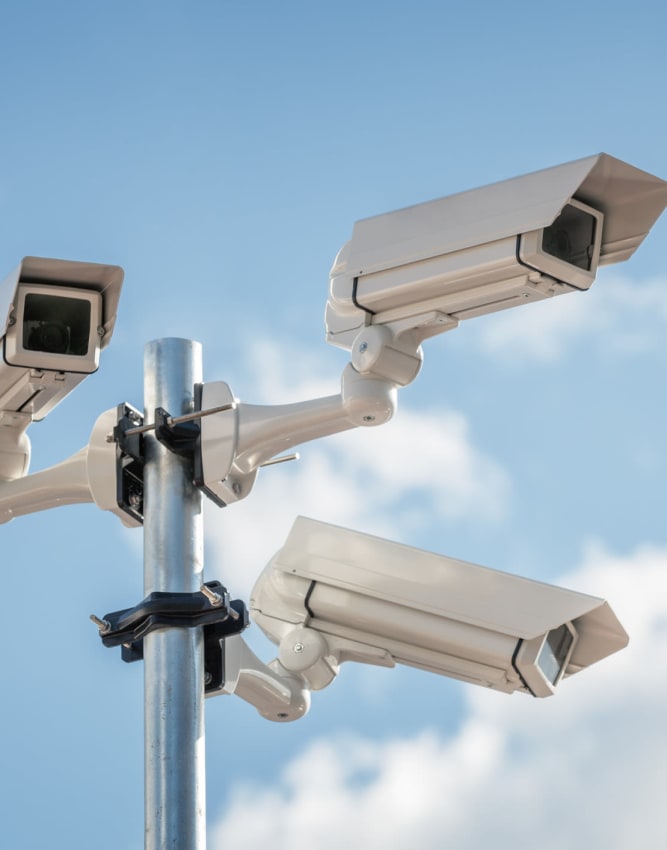Self Storage
in Broomfield, CO
Quality & Convenience
Self Storage Near You


Store With the Best
StoreLine
Looking for ultra-convenient self storage at competitive rates? Look no further than StoreLine. With facilities in Texas and Oklahoma, we are proud to offer the best self storage units for all our guests and neighbors. We aim to provide storage units with the features YOU need and the service you want.
Local & Simple
Storage Made Easy
We know you are busy—our rental process is designed to be simple and fast, and our professional self storage management team is ready to help you in any way we can. Let us answer your questions and help you find the perfect storage unit for your needs at a moment’s notice thanks to our remote management. At StoreLine, here is what you can expect:
- Find a Location
- Reserve & Rent Your Unit
- Move In

What Our Customers are Saying
Best storage place ever. The spaces are clean and neat and very safe, and the online pay makes it very easy and convenient, so I don't have to worry about being late on my payments. They are very affordable.
What Our Customers are Saying
They have been extremely helpful with my needs. Customer service is awesome, and will recommend the storage to anyone that needs one. Very clean.
What Our Customers are Saying
StoreLine is the best storage facility we have ever used. I am an over-the-road truck driver and I have been using this facility for a couple years now and they have always been there when we needed them. They have gone above and beyond many times for us, and we highly recommend them to anyone who is looking for honest, trustworthy, and professional people. You are definitely in good hands here!
What Our Customers are Saying
I have been with StoreLine for several years and I have never had a complaint. The staff is always helpful, very professional and always works with me should I have any issue. Thank you for many years of great service.
What Our Customers are Saying
Excellent customer service, very easy to get started, and I have an easy, convenient experience every time I have to stop by my unit.
Always on Hand
Our Locations
StoreLine facilities are located for easy in-and-out access in a variety of locations, so you are sure to find a convenient self storage unit near you. All of our secured locations are near major roadways and easy to locate for a seamless storage experience. With a variety of different sizes and price points at each of our locations, we have the storage solution for you.
The Latest from Storeline
Quality Storage Made Easy






